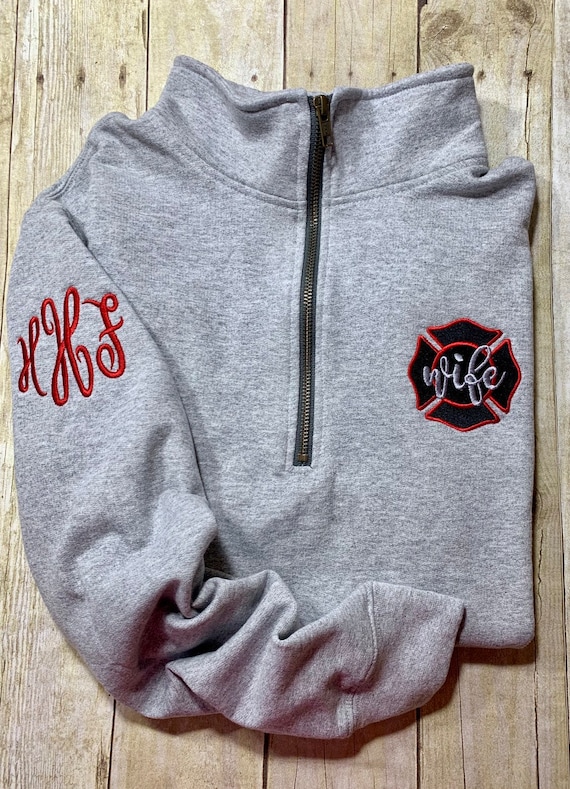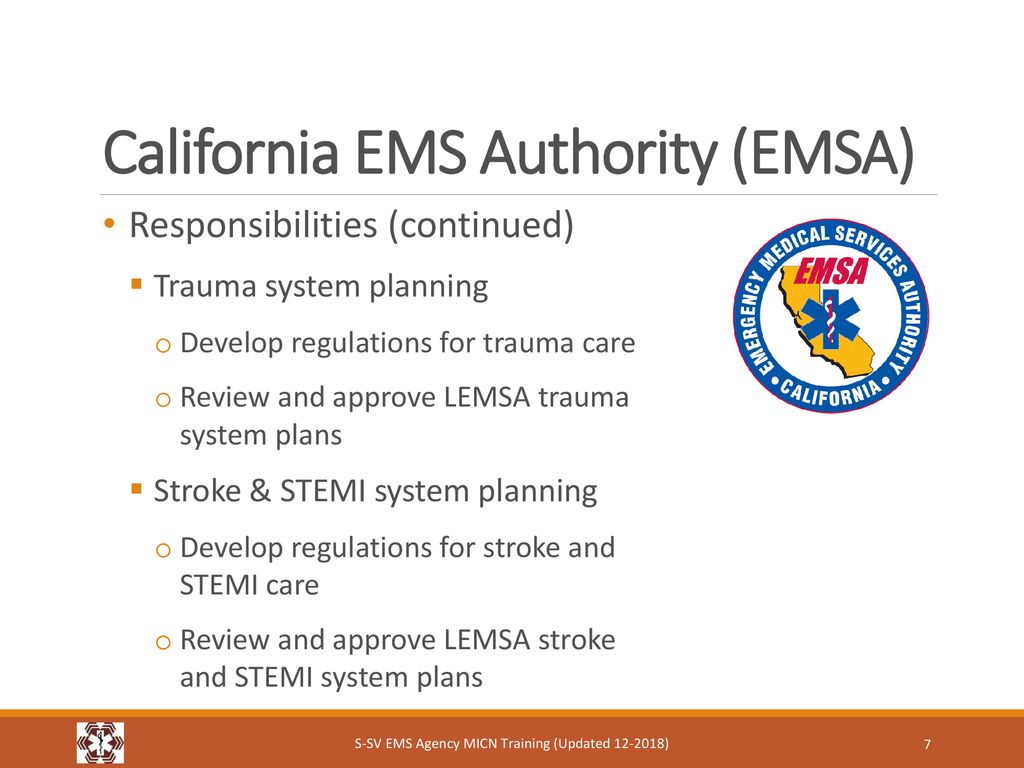
In order to ensure safety as well as durability, there is a need for improved wildland firefighters' gear. Wildland firefighters are often exposed to multiple hazards while on the job. Protective clothing is a good way to protect yourself from radiation heat, hot spots, and rogue sparks. It helps to maintain your body temperature. It is crucial to realize that the design and properties of the textiles determine the effectiveness of garments.
In addition to protective gear, wildland firefighters need tools and equipment that can resist fire. This includes a fire hose with a 1-inch NPSH outlet and a nozzle that meets Forest Service Specification 5100-239C. To prevent burns, they may also use fire gloves. Fire helmets are made of lightweight materials that provide good flame resistance. Sleeping bags are another item of gear that can be used to provide warmth.
The need to improve wildland firefighting gear has been recognized by a number of organizations. Multi-state projects have been set up to assess the feasibility of creating a wildland firefighting PPC standard. This project will focus on evaluating the effectiveness of existing products, creating educational materials for wildland firefighters, and conducting a market assessment of the wildland firefighter PPC. Online forums will be used to collect information about the current products as well as their maintenance and wear methods.

Wildland firefighting equipment has to be lighter, more durable than conventional structural firefighting apparatus. Some departments are making their own equipment, while others are relying on surplus military vehicles that are adapted to suit the wildland firefighting environment. More work is needed to raise awareness regarding the maintenance and cleaning of wildland firefighters gear.
Researchers will be collecting samples of wildland firefighting apparel as part of this project. Representative samples of different styles and manufacturers will be taken. All samples will be tested for fit, functionality, construction, and quality. Special attention will be given to sizing and anthropometrics of unisex apparel. It will be examined whether the current sizing system is appropriate, or whether a brand new system is needed.
The design parameters will take into account regional differences in body dimensions, environmental conditions, and fire suppression actions. For testing purposes, prototype designs may be made. If the results indicate that a sizing system should be created, a new sizing system will be developed.
A survey will take place to determine wildland firefighters' sizing requirements. These data will be used to develop wildland firefighters' apparel. Researchers will compare USFS recommendations and the USFS sizing guidelines. A comparison will also be made between the sizes of male and female firefighters.

Results of the research will be presented at national/international meetings and submitted to refereed and non-refereed publications. To help finish the project, funding sources are sought.
The results of the study are going to be published in a special technical publication. To reach end users as well as producers of wildland-firefighting PPE, conferences will be held. Researchers will provide input for the NFPA Technical Standardization Committee on a forthcoming draft of the NFPA77 Standard on Protective Clothing & Equipment for Wildlandfire Fighting.